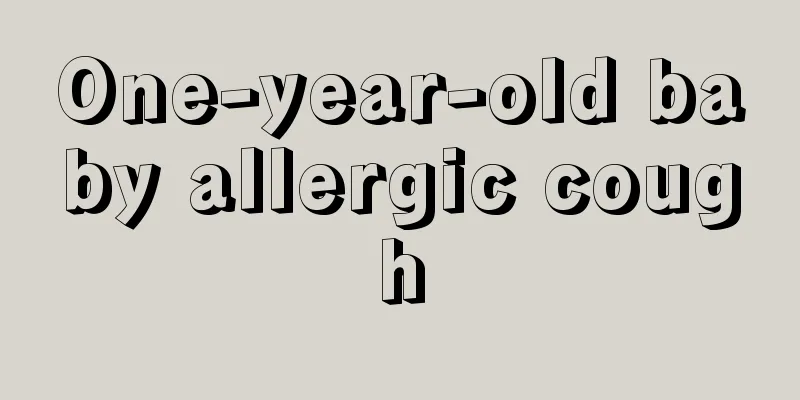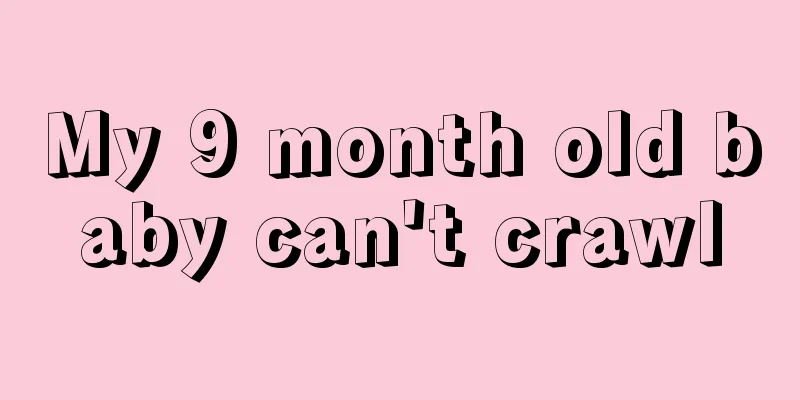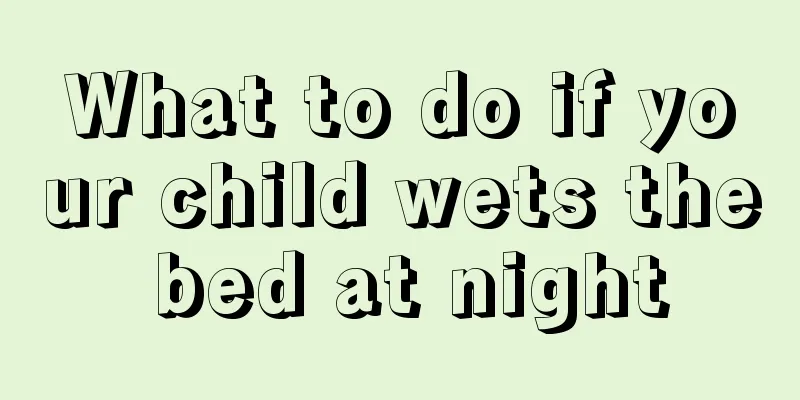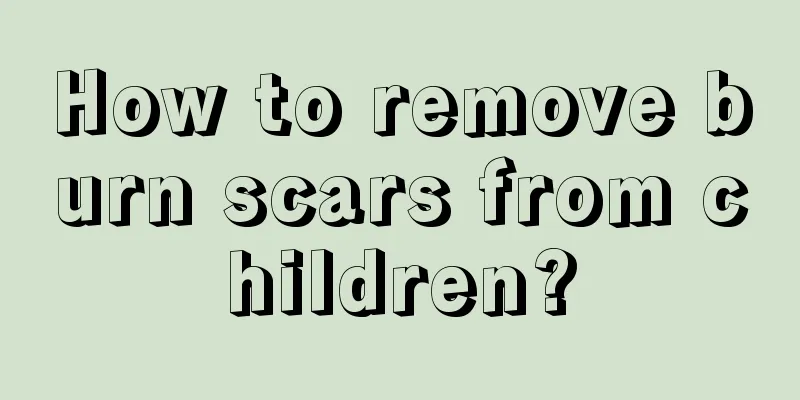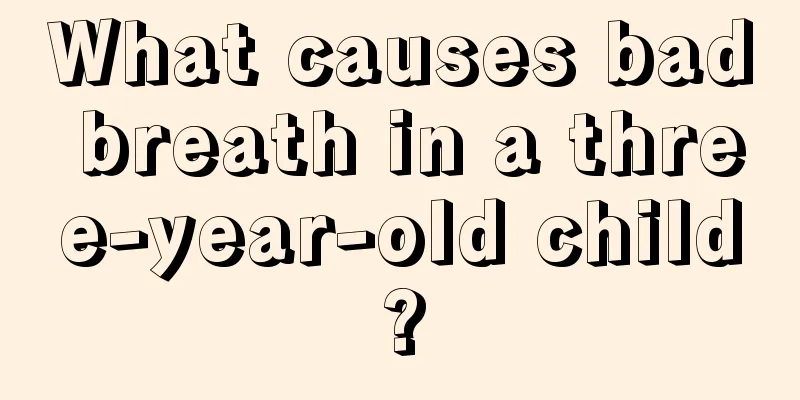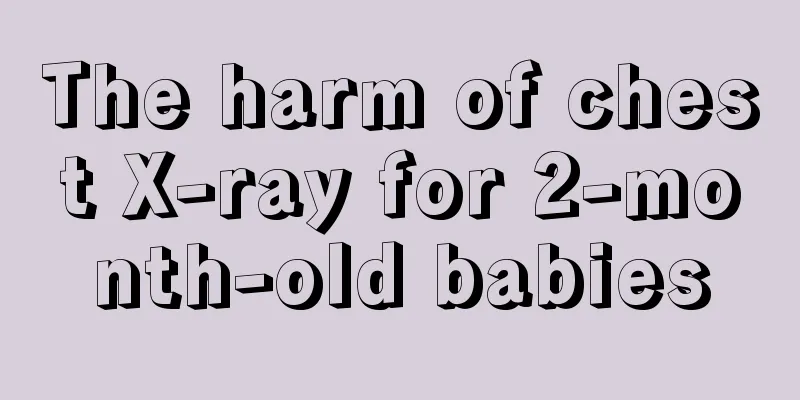The child's mouth twitches
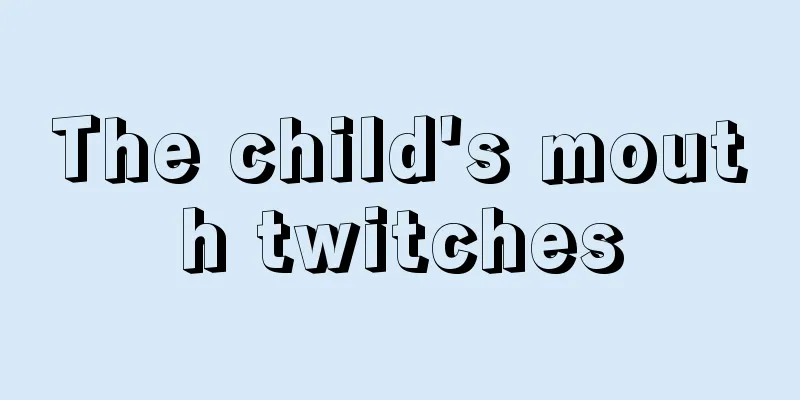
|
Parents must not panic if their child's mouth corners twitch. This is mostly a symptom caused by facial spasm. At the beginning, it will only last for a few seconds. As the disease progresses, the child's entire facial muscles will twitch, and during each twitch, the child will feel that he cannot open his eyes. Parents must pay more attention to it. Hemifacial spasm refers to the paroxysmal painless clonic contraction of the muscles innervated by the facial nerve, which often starts from the orbicularis oculi muscle and then spreads to the orbicularis oris muscle, gradually worsening over a few months to a few years. In severe cases, the entire facial muscles and the platysma muscles on the same side may spasm. Severe spasm of the orbicularis oculi muscle may make it impossible to open the eyes. It is relieved when you are quiet, aggravated when you are nervous, tired or excited, and disappears during sleep. Hemifacial spasm presents as electric shock-like, convulsive attacks with intermittent periods, which cannot be controlled by the patient. During an attack, the patient's hemifacial muscles twitch violently and paroxysmically, the eyelids are tightly closed, and the corners of the mouth are crooked. The twitching time can be as short as a few seconds or as long as more than 10 minutes. This can seriously affect vision, language, diet and work. Sometimes it may occur simultaneously with trigeminal neuralgia. In the late stage, the muscles on the affected side become weak and atrophy, and the sense of taste of the front 2/3 of the tongue may be lost. The disease develops slowly and progressively and generally does not resolve spontaneously. Some patients experience paralysis and atrophy of the muscles on the affected side in the late stages, and convulsions also stop. In the early stages of the disease, when facial muscle twitching is limited to the orbicularis oculi muscle, it should be differentiated from functional eyelid spasm, which does not extend to the lower face and is often bilateral. When facial muscle spasms are accompanied by other cranial nerve damage, or limb dysfunction, or involuntary limb movements, intracranial lesions should be considered and the patient needs to go to the hospital for diagnosis and treatment. It is a disease in which the facial expression muscles on one side contract to varying degrees, often starting from the orbicularis oculi muscle and gradually extending to the lower half. The mouth is crooked and the palpebral fissure on the affected side becomes smaller, and sometimes facial muscle atrophy occurs. Traditional Chinese medicine believes that most patients suffer from chronic illness due to wind-cold entering the meridians, which block the meridians. Without timely treatment or incomplete treatment, the disease prolongs over time, depletes the yin blood, and induces liver wind. The incidence of this disease is now on the rise, and fatigue, mental stress, and work pressure have occupied an important position. |
<<: Two-year-old baby has dry and hard mucus in his nose
>>: Children's white blood cell count is high
Recommend
What to do if your child has a cold and a stomachache? The fastest way
Children are most susceptible to catching cold. A...
What are the prevention and treatment methods for Helicobacter pylori in children?
There is a kind of bacteria growing in people'...
What causes a child's bad breath?
Many parents will find that many children often h...
Can a week and a half baby drink pure milk?
Breastfeeding is more beneficial for newborns. Ge...
What is hydrocephalus in children
Children's physical health is an issue that p...
When does a baby start to have constipation?
Constipation is a very common phenomenon among in...
What to do if your child has a runny nose, cough, and phlegm
When children have coughs and runny noses, they s...
How to treat smegma in children
The physical health of children is what every par...
What can a nine-month-old child eat to get better quickly if he has a cough?
Coughing is quite common in our lives, and the ha...
What to do if your baby has ventricular septal defect
It is very difficult to treat a child with a vent...
What is the cause of the child's facial twitching?
Our society is developing very fast now, which ma...
What are some soups that are good for children's appetite?
When children are young, their spleen and stomach...
What should we do if children have bloating?
Children are a relatively special group. On the o...
How to treat spleen deficiency constipation in children
Spleen deficiency constipation is a common diseas...
Why do babies have hemangiomas?
In our lives, many babies have hemangiomas when t...
